5 Signs You Might Be Ready To Apply To Be An Astronaut
5 Signs You Might Be Ready to Apply to be an Astronaut
Did you hear? Astronaut applications are open! Here are a few signs that might mean you’re ready to apply:
1. You Don’t Mind Having Roommates

When you’re an astronaut, you have to work and live with your crew mates for extended periods of time. It’s important to the mission and your safety that everyone can collaborate and work together.
2. You LOVE Space

If the Milky Way, planets and space travel doesn’t excite you then this might not be the perfect job for you. But if you love galaxies, space station research and deep space exploration, then maybe you should take a look at our application.
3. Adventure Doesn’t Scare You

Being an astronaut means that you get to take part in adventures that most people will never experience. Imagine: sitting on the launch pad in the Orion spacecraft, atop a rocket that’s getting ready to launch. You’ll travel farther into space than any other humans have been and help push the boundaries of technology in the proving ground of deep space lunar orbits, leading the way for future missions to Mars.
4. You Want to be on the Cutting Edge of Science

Not only do astronauts get to travel to space, but they also get to conduct really cool research in microgravity. Did you know that right now they’re growing Zinnia flowers on the International Space Station? This research could help with our future deep space exploration and could teach us a few things about growing plants on Earth. Learn more about all the awesome research on the space station HERE.
5. You’re Not Afraid of Heights

One of the coolest things about being an astronaut, is that you get to go to SPACE! At the very least, you’ll travel to the International Space Station, which is 250 miles above Earth. Or, you could be one of the first astronauts to travel to a distant asteroid or even Mars!
Interested in applying to become an astronaut? You’re in luck, applications open Dec. 14! Learn about some common myths about becoming an astronaut HERE.
Apply to be one of our astronauts HERE.
Make sure to follow us on Tumblr for your regular dose of space: http://nasa.tumblr.com
More Posts from Intergalacticnerd and Others

Black Holes are not so Black (Part 3) - Gravitational Waves
The existence of Gravitational Waves have been confirmed. But you probably have heard that. In this post, we will break down this profound discovery into comprehend-able chunks.
This is going to be a amazing journey. Ready ?
Redefining Gravity
When we usually talk of Gravitation we are bound to think like Newton, where objects are assumed to exerting a force upon each other.
Like imaginary arrows of force in space. But this picture, although good for high school crumbled, with the advent of Einstein’s theory of Relativity.

What is the Space-Time Fabric?
Think of space-time fabric as an actual cloth of fabric. ( An analogy )
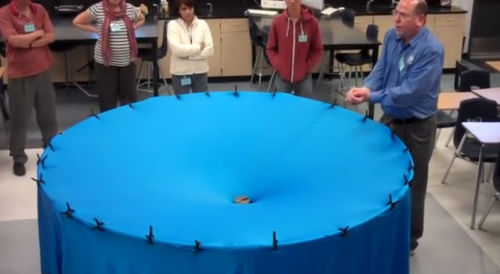
When you place an object on the fabric, the cloth curves. This is exactly what happens in the solar system as well.

The sun with such a huge mass bends the space-time fabric. And the earth and all the planets are kept in orbit by following this curvature that has been made by the sun.
Attributing to the various masses of objects, the way they bend this fabric also varies.
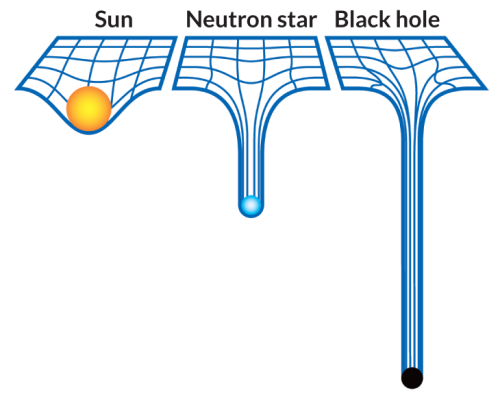
What are Gravitational Waves?
If you drop an object in a medium such as water, they produce ripples that propagate as waves through the medium.

Similarly, Gravitational waves are ripples in space-time fabric produced when you drag heavy objects through space time.
And the nature of these waves is that they don’t require a medium to propagate.
How do you make one?
Everything with mass/energy can create these waves.

Source
Two persons dancing around each other in space too can create gravitational waves. But the waves would be extremely faint.
You need something big and massive accelerating through space-time in order to even detect them.

And orbiting binary stars/black holes are valuable in this retrospect.
How can you detect them?
Let’s turn to the problem to detecting them assuming you do find binary stars/black-holes in the wondrous space to suite your needs.
Well, for starters you cannot use rocks/ rulers to measure them because as the space expands and contracts, so do the rocks. ( the distances will remain same in both the cases )

Here’s where the high school fact that the speed of Light is a constant no matter what plays an important and pivotal role.
If the space expands, the time taken for light to reach from A to B would be longer. And if it contracts, the time taken for it to reach from A to B would be smaller.

PC: PHDComics
By allowing the light waves from the contraction and expansion to interfere with each other, such as done in any interferometry experiment we can detect the expansion or contraction. Voila!
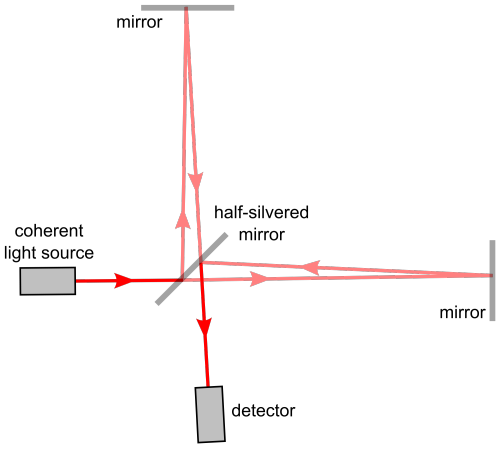
And this is exactly what they did! ( on a macroscopic level ) at LIGO (Laser Interferometer Gravitational-Wave Observatory)
14 September 2015

Two Black Holes with masses of 29 and 36 solar masses merged together some 1.3 Billion light years away.
Two Black Holes colliding is the header animation of the ‘Black Holes are not so Black Series’, in case if you haven’t noticed.

The merger of these two black holes results in the emission of energy equivalent to 3 solar masses as Gravitational Waves.
This signal was seen by both LIGO detectors, in Livingston and Hanford, with a time difference of 7 milliseconds.
And with the measurement of this time difference, physicists have pronounced the existence of Gravitational Waves.
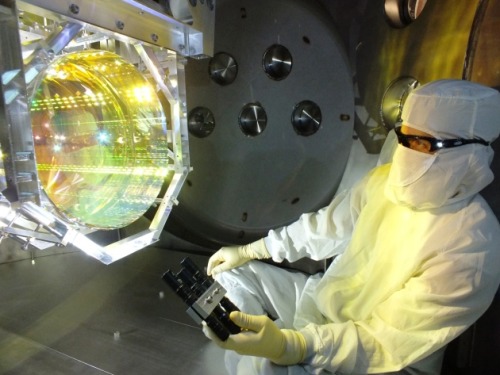
Source
All this is most certainly easily said than done and requires meticulous and extensive research, not to mention highly sensitive instruments.
Had they not have measured this time difference, we might have had to wait for the merger for more massive black holes to collide and maybe even build more sensitive instruments to detect these waves.
And Einstein predicted this a 100 years back!
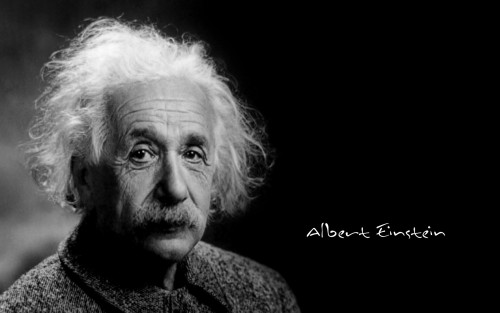
Mind Blown!
Note: Hope you are able to understand and appreciate the profundity of the discovery done by mankind.
** All animations used here are merely for Educational purposes. If you have any issues, please write to us at : 153armstrong@gmail.com



Views of the Space Shuttle Atlantis undocking from the Mir space station on July 4, 1995. Cosmonauts Anotoliy Slovyev and Nikolai Budarin unparked the Soyuz spacecraft from Mir to perform a short fly-around when they snapped these astonishing photos. (NASA)

Gravitational Waves Exist: The Inside Story of How Scientists Finally Found Them
How a group of scientists proved Einstein right—and expanded our view of the universe.

M104, the Sombrero Galaxy
Credit: Jimmy Walker
Fun Moments with Our Record Breaking Astronaut
Astronaut Scott Kelly has broken the record for longest time spent in space by a U.S. astronaut. He has spent a cumulative of 383 days in space over the course of four missions. What better way to celebrate than to highlight some of his fun moments on the internet:
A question from the president during a recent TweetChat:

Astronaut Scott Kelly occasionally hosts TweetChats from the International Space Station. During a recent chat, he happened to get a question from someone who lives at 1600 Pennsylvania Avenue! HERE’s a recap from a similar chat from the station.
Tackling the tough questions during interviews:

During an interview with Katie Couric, Kelly explained what a day on the space station is really like…including the chores he can and can’t do.
The pros and cons of having roommates:

The International Space Station is an orbiting laboratory where an international crew live, work and conduct valuable research.
Getting supplies from cargo ships:

Living on the space station requires food, water and supplies. All of these things, plus experiments and other essentials are delivered to the crew via cargo ship. Learn more about our commercial resupply program HERE.
Make sure to follow us on Tumblr for your regular dose of space: http://nasa.tumblr.com
why am i sad
I don’t have any answer to this but I hope you feel better :’( But here is a great example of astronomy and how awesome humanity can be

WHOA look at the moon
me literally every night no matter what phase the moon is in (via purple-space-freak)

أو كمَا يقُول أفلاطونٍ: “كُلّ الأشياءِ الجّميلة صعْبَة”.
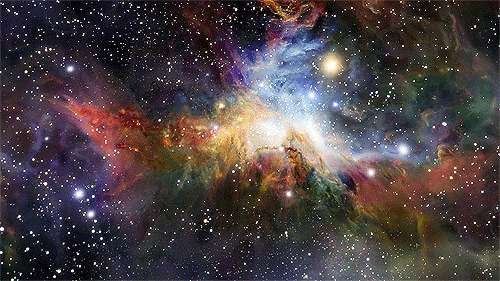
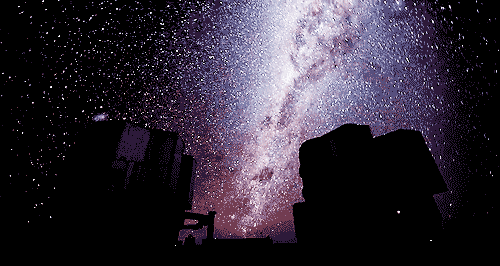
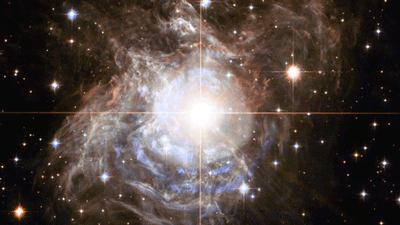
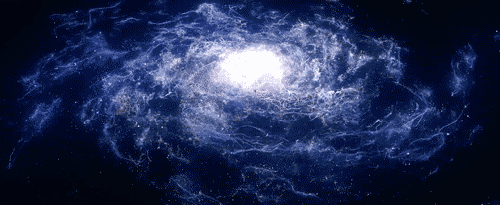
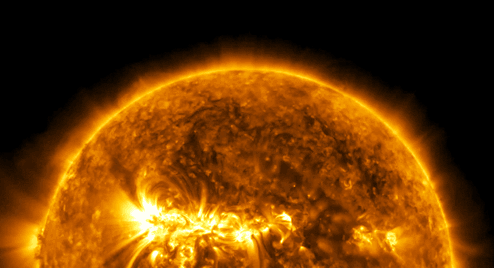
“Every one of us is, in the cosmic perspective, precious. If a human disagrees with you, let them live. In a hundred billion galaxies, you will not find another.” ~ Carl Sagan, Cosmos








“We used to look up at the sky and wonder at our place in the stars. Now we just look down, and worry about our place in the dirt.”
-
 wanderneverlost liked this · 1 year ago
wanderneverlost liked this · 1 year ago -
 im-a-slut-for-science liked this · 2 years ago
im-a-slut-for-science liked this · 2 years ago -
 the-goose-ferret liked this · 6 years ago
the-goose-ferret liked this · 6 years ago -
 moonmarionette reblogged this · 6 years ago
moonmarionette reblogged this · 6 years ago -
 moonmarionette liked this · 6 years ago
moonmarionette liked this · 6 years ago -
 okblvside liked this · 6 years ago
okblvside liked this · 6 years ago -
 okblvside reblogged this · 6 years ago
okblvside reblogged this · 6 years ago -
 salt-and-bramble liked this · 6 years ago
salt-and-bramble liked this · 6 years ago -
 kubleeka reblogged this · 6 years ago
kubleeka reblogged this · 6 years ago -
 kubleeka liked this · 6 years ago
kubleeka liked this · 6 years ago -
 nakedbdsmbarbarajohnston liked this · 6 years ago
nakedbdsmbarbarajohnston liked this · 6 years ago -
 svtellify liked this · 6 years ago
svtellify liked this · 6 years ago -
 howdoestheworldtick reblogged this · 6 years ago
howdoestheworldtick reblogged this · 6 years ago -
 bardofentropy liked this · 7 years ago
bardofentropy liked this · 7 years ago -
 wayward-winchester67 liked this · 7 years ago
wayward-winchester67 liked this · 7 years ago -
 mathisthedumbass liked this · 7 years ago
mathisthedumbass liked this · 7 years ago -
 loosinmynoodles liked this · 7 years ago
loosinmynoodles liked this · 7 years ago -
 crowmatic liked this · 7 years ago
crowmatic liked this · 7 years ago -
 punkbusinesscasual liked this · 7 years ago
punkbusinesscasual liked this · 7 years ago -
 hammerheart2-blog liked this · 8 years ago
hammerheart2-blog liked this · 8 years ago -
 catacatacatcat-art liked this · 8 years ago
catacatacatcat-art liked this · 8 years ago -
 pearalu liked this · 8 years ago
pearalu liked this · 8 years ago -
 everybody-loves-a-villian liked this · 8 years ago
everybody-loves-a-villian liked this · 8 years ago -
 insomniaticdreams13 reblogged this · 8 years ago
insomniaticdreams13 reblogged this · 8 years ago -
 insomniaticdreams13 liked this · 8 years ago
insomniaticdreams13 liked this · 8 years ago -
 karinbillie liked this · 8 years ago
karinbillie liked this · 8 years ago -
 rayoffrcknsunshine liked this · 8 years ago
rayoffrcknsunshine liked this · 8 years ago -
 j-enns liked this · 8 years ago
j-enns liked this · 8 years ago -
 notneimanmarcus liked this · 8 years ago
notneimanmarcus liked this · 8 years ago -
 tagitables liked this · 8 years ago
tagitables liked this · 8 years ago -
 wet-cardboard5 liked this · 8 years ago
wet-cardboard5 liked this · 8 years ago -
 tunasteak liked this · 8 years ago
tunasteak liked this · 8 years ago -
 running-to-the-tardis liked this · 8 years ago
running-to-the-tardis liked this · 8 years ago -
 lmfym liked this · 8 years ago
lmfym liked this · 8 years ago -
 thisisacatperson liked this · 8 years ago
thisisacatperson liked this · 8 years ago -
 namjin liked this · 8 years ago
namjin liked this · 8 years ago -
 maskdesissy liked this · 8 years ago
maskdesissy liked this · 8 years ago -
 bootyforthiscutie liked this · 8 years ago
bootyforthiscutie liked this · 8 years ago
"Astronomy compels the soul to look upwards and leads us from this world to another." - Plato
147 posts